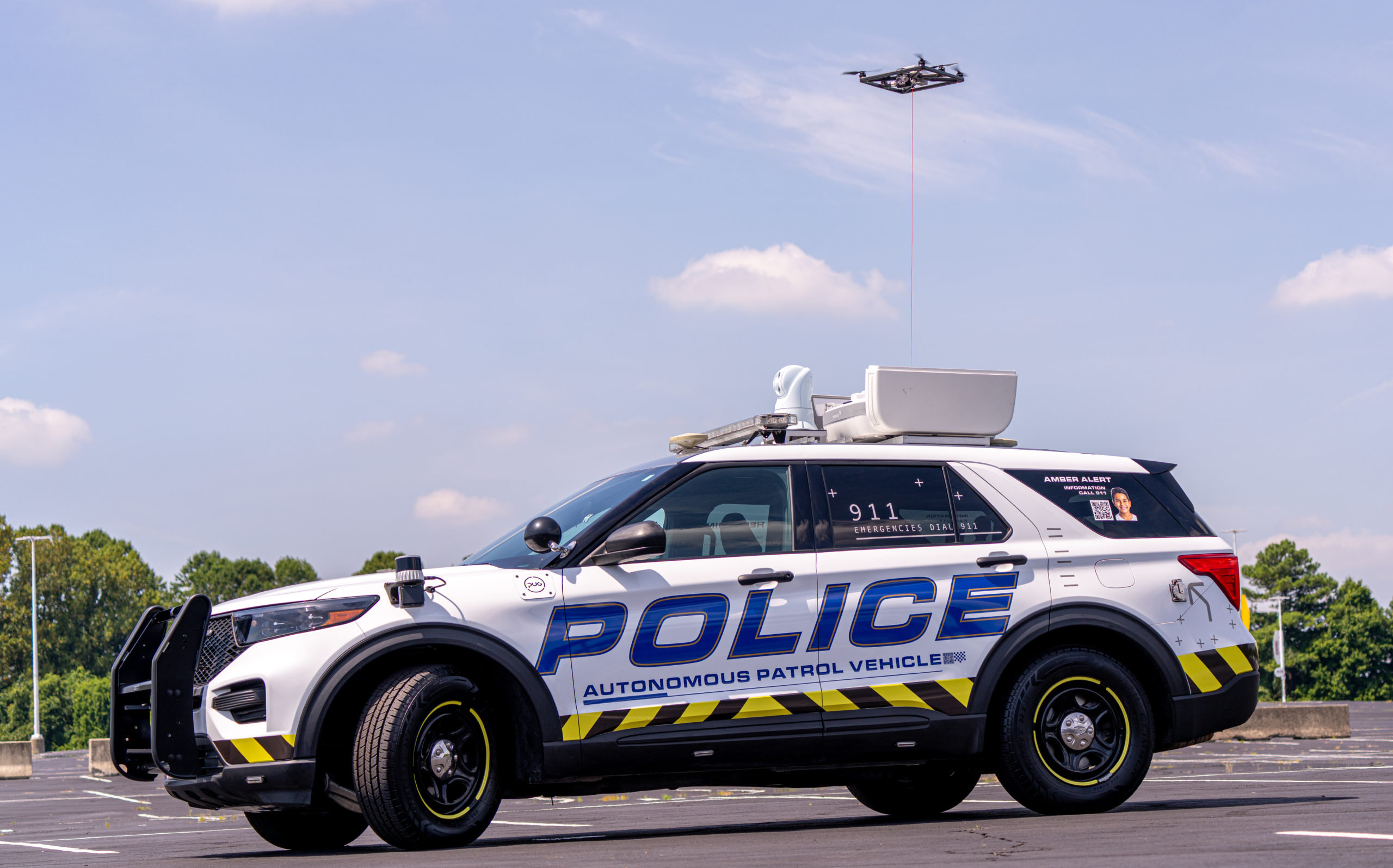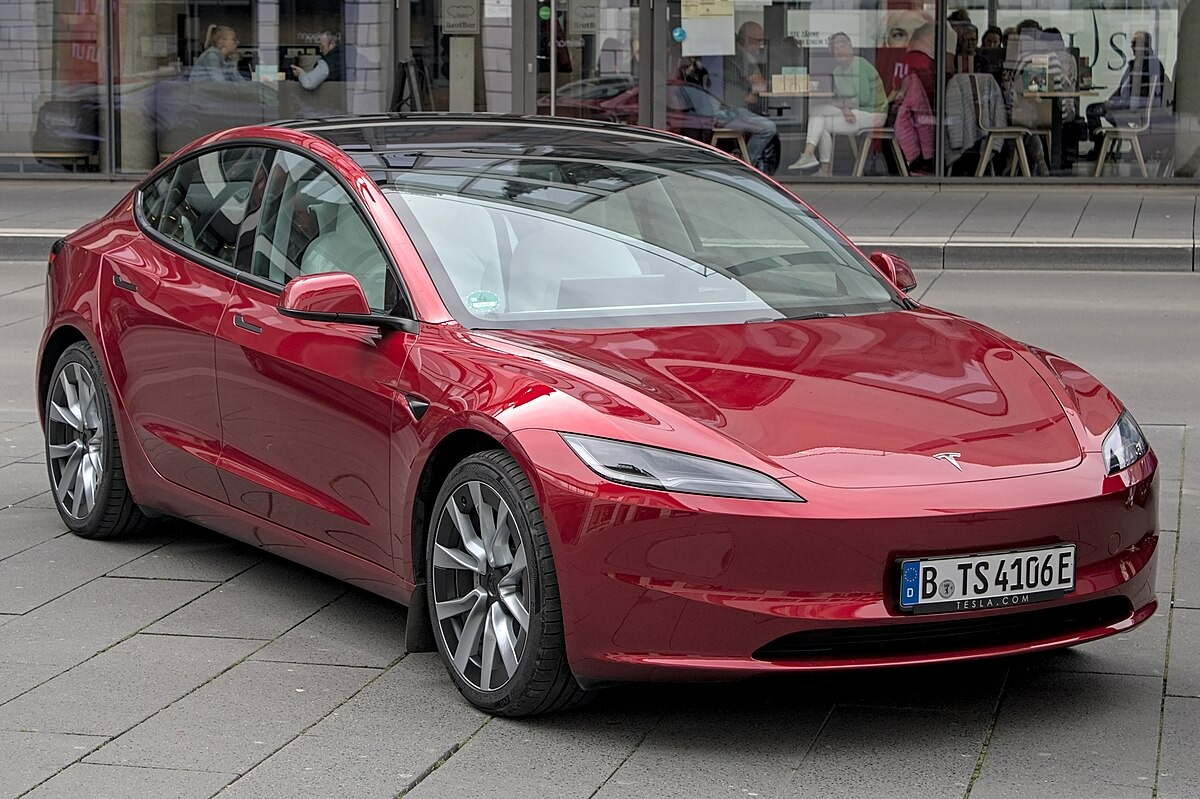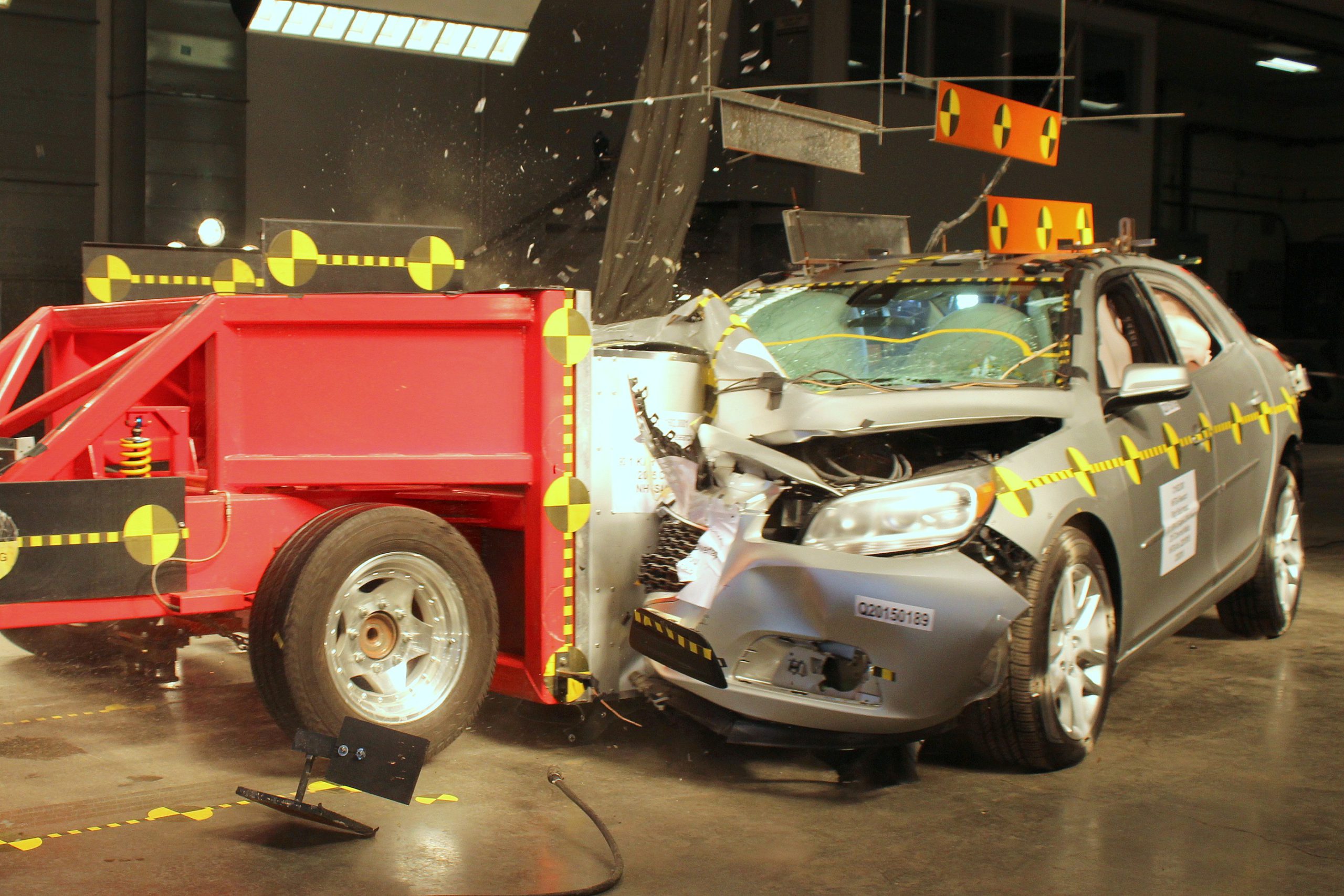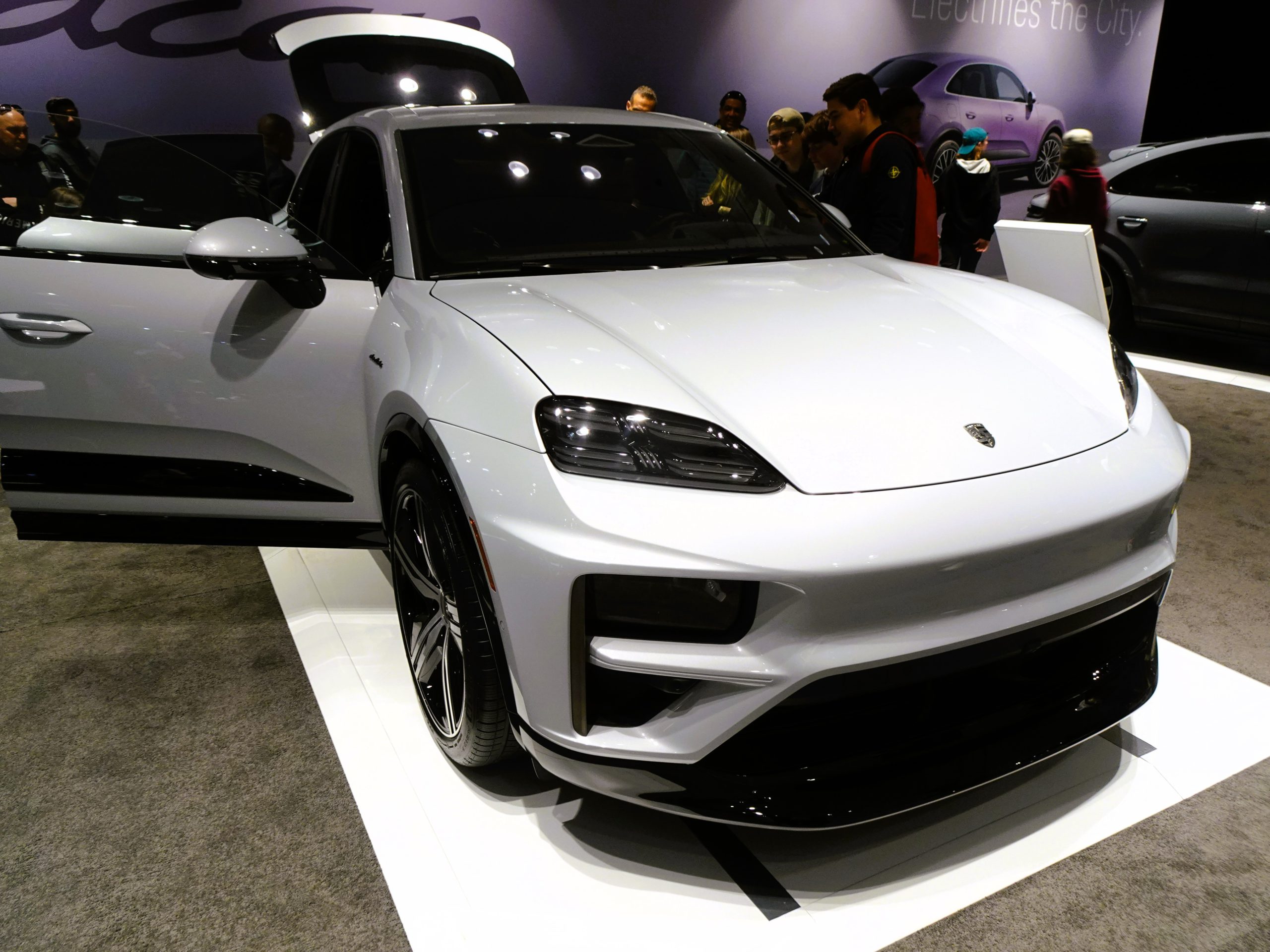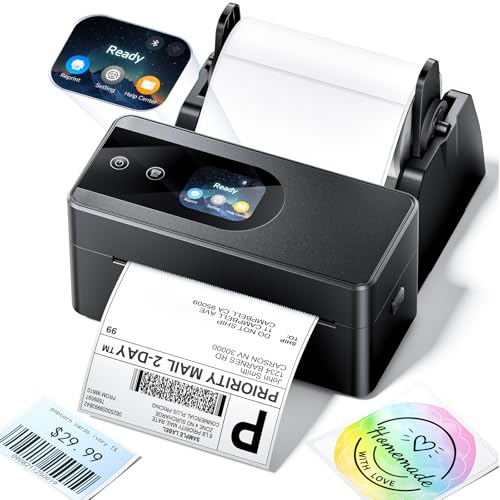Police departments nationwide are stretched thin, but Miami-Dade’s solution sounds like something out of a sci-fi movie trailer. Meet PUG, the nation’s first autonomous police cruiser, currently rolling through community events like a Ford Explorer that wandered off the set of “Minority Report.”
This isn’t your grandfather’s squad car. PUG packs 360-degree cameras, thermal imaging, license plate recognition, and—because apparently we’re living in the future now—a deployable drone for aerial surveillance. The vehicle can patrol predetermined routes, beam community messages through touchscreen windows, and serve as a mobile tech hub during emergencies.
What PUG Actually Does (And Doesn’t)
Before you start worrying about robot cops writing tickets, understand PUG’s actual limitations. This isn’t a pursuit vehicle or enforcement unit—it can’t make traffic stops, issue citations, or operate on highways. During the pilot phase, a human deputy rides along anyway.
PUG functions more like a very expensive neighborhood watch captain than Judge Dredd, designed to free up officers for active calls while maintaining visible presence in target areas. The partnership between Miami-Dade Sheriff’s Office and nonprofit Policing Lab positions this as a “force multiplier” for stretched resources.
The Price of Progress
The current PUG was donated by The Policing Lab, allowing Miami-Dade to avoid immediate public spending scrutiny. But scaling this technology means confronting some uncomfortable math. At $200,000 per unit, you’re essentially buying a house-priced patrol car that still needs human oversight.
This pilot reflects Miami’s broader push to position itself as a tech destination—part practical innovation, part performative positioning. Whether PUG proves genuinely useful or becomes an expensive curiosity depends on community acceptance and demonstrated results during its limited patrol rollout planned for late 2025.
For now, it represents fascinating developments at the intersection of policing and Silicon Valley ambition, where cutting-edge surveillance meets the realities of public safety budgets.


